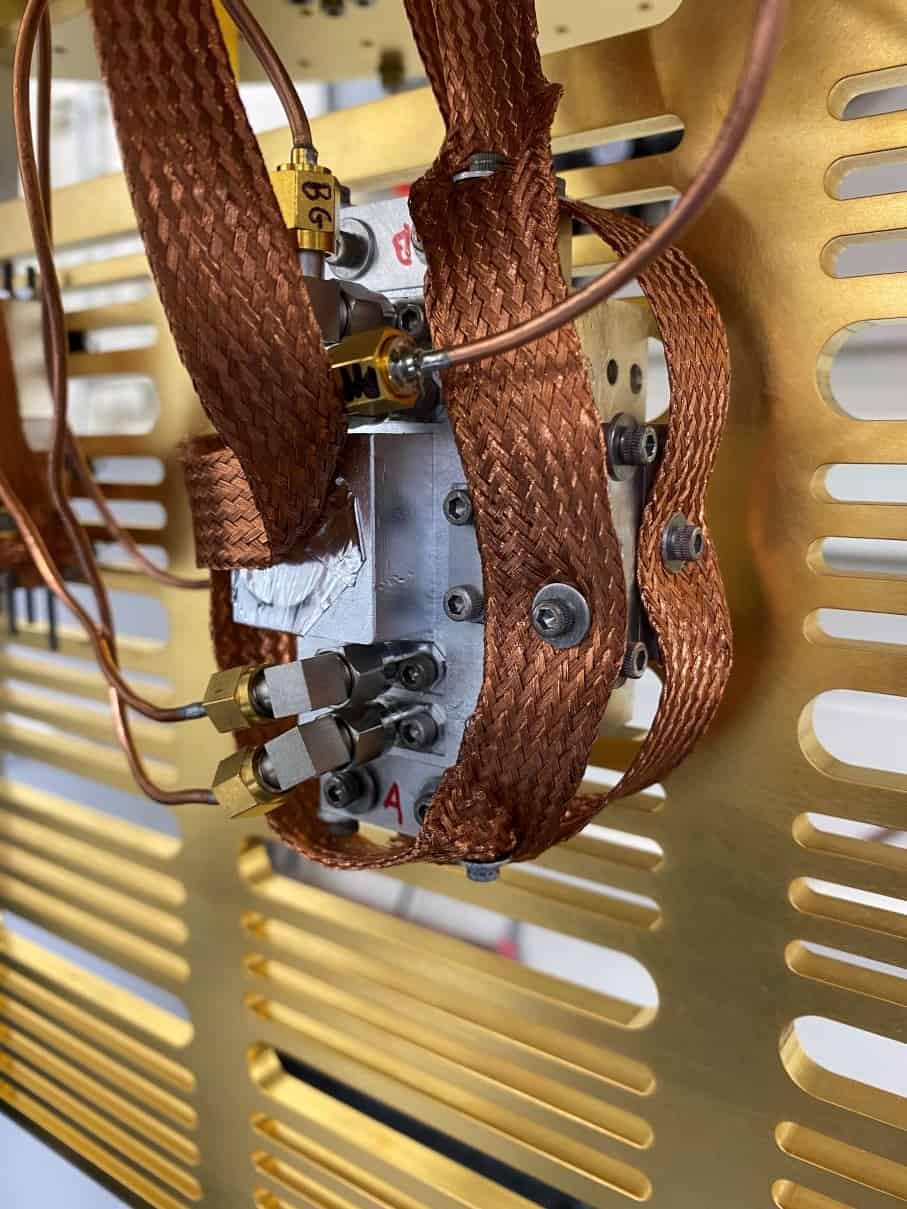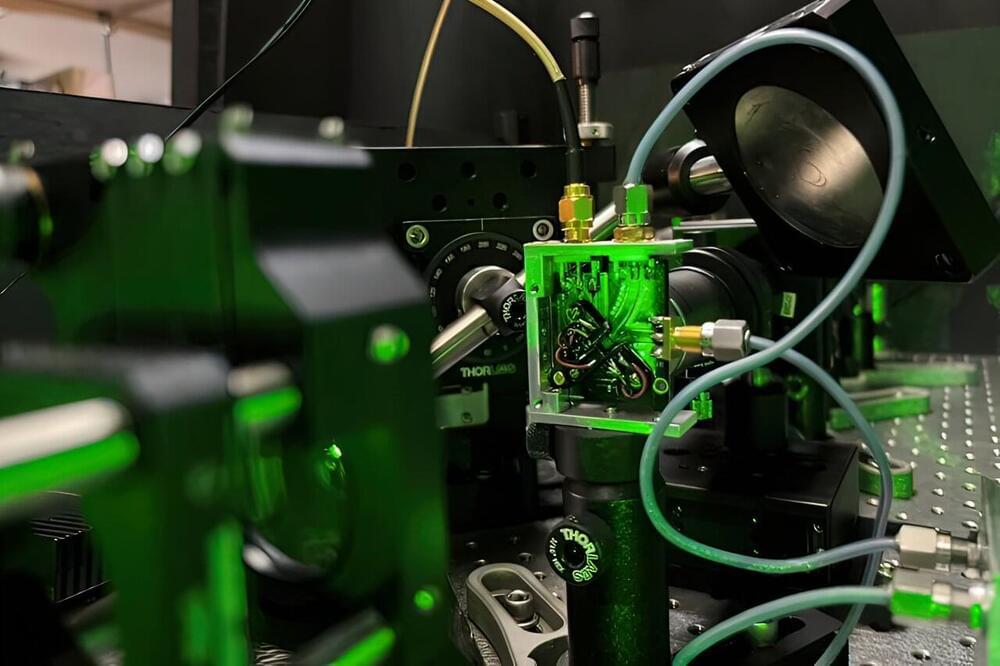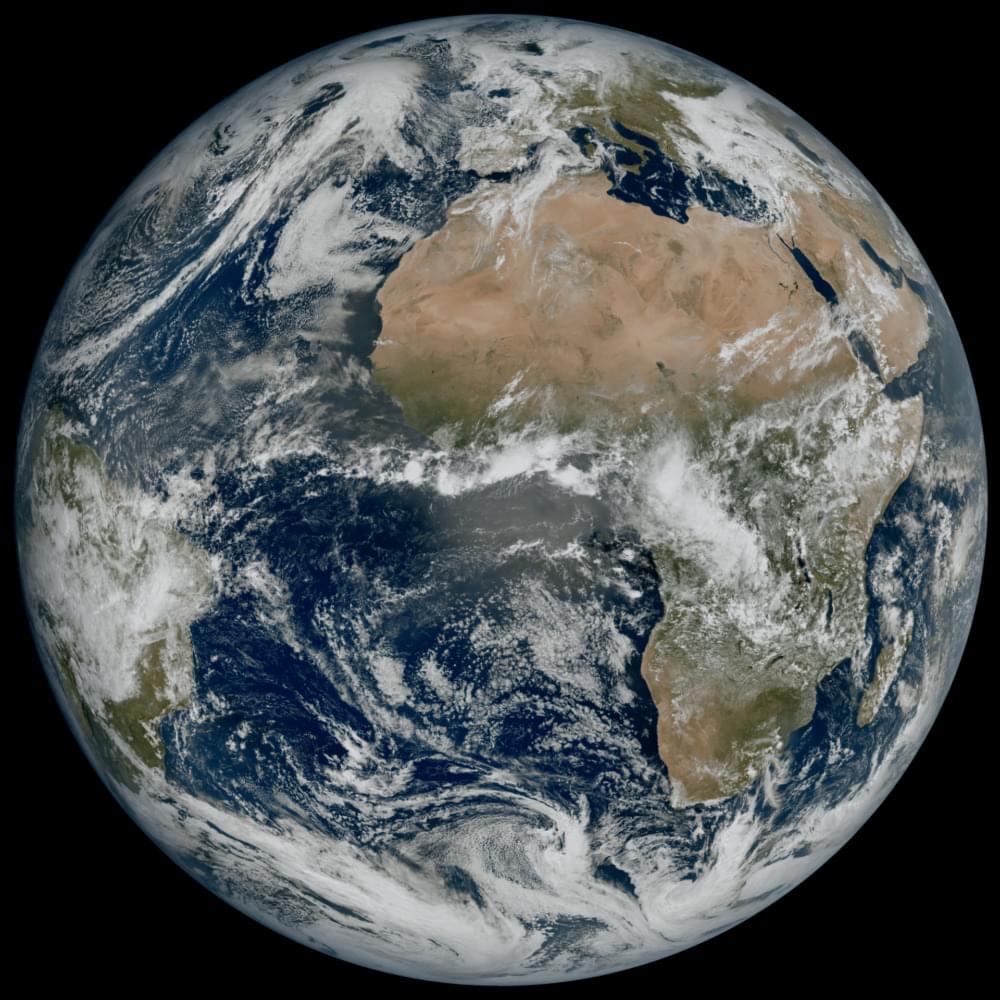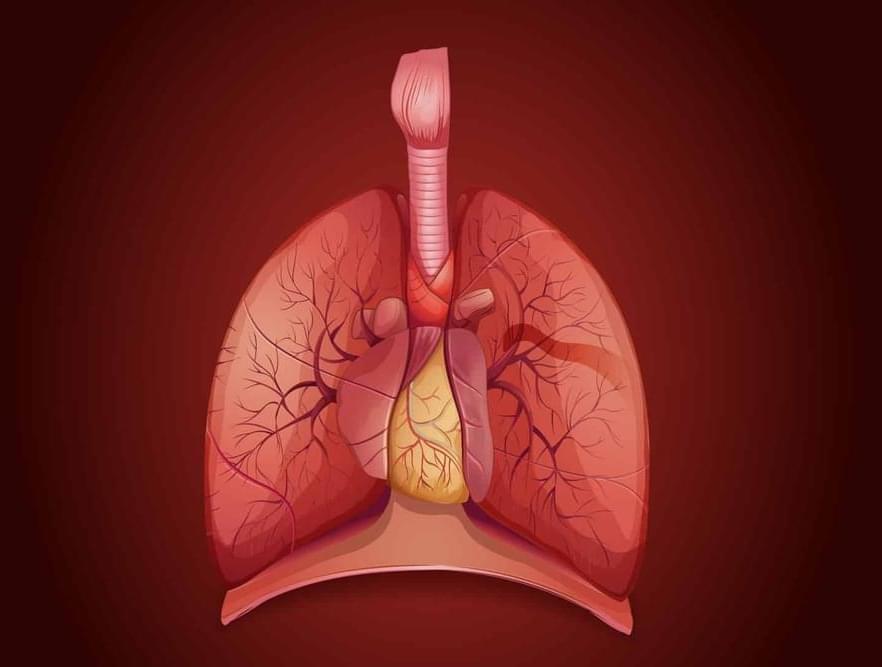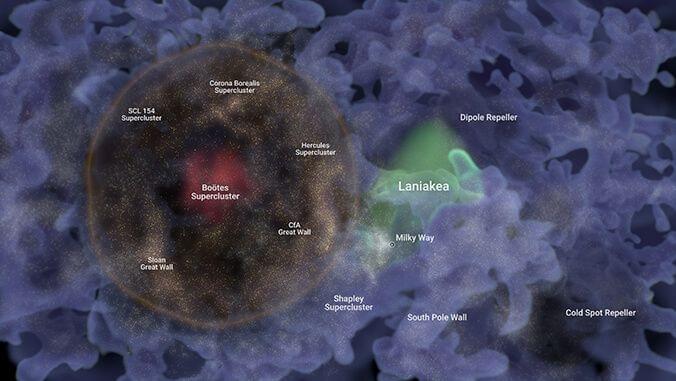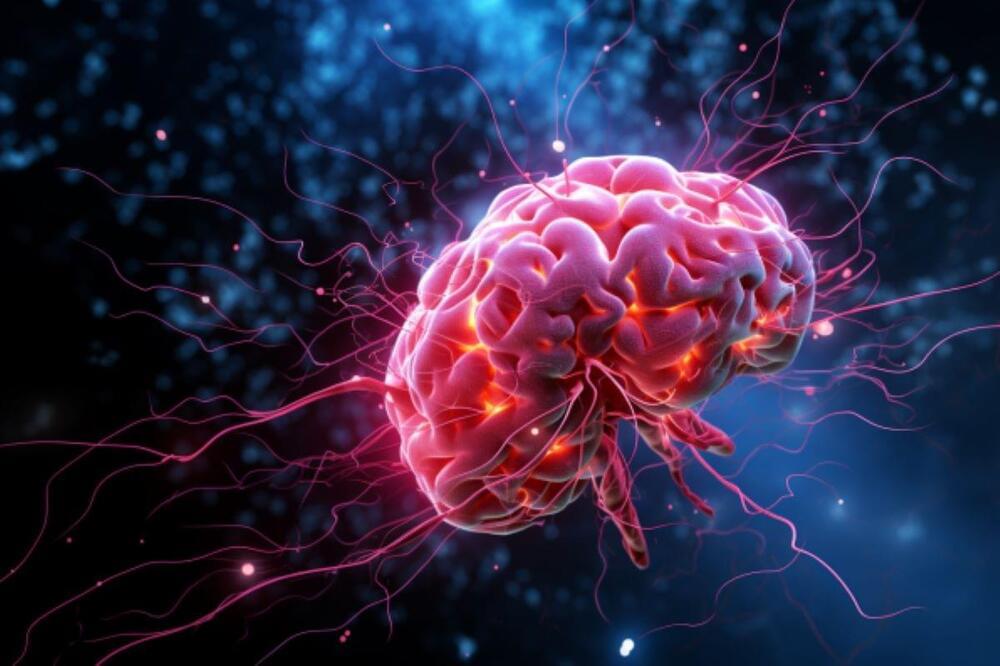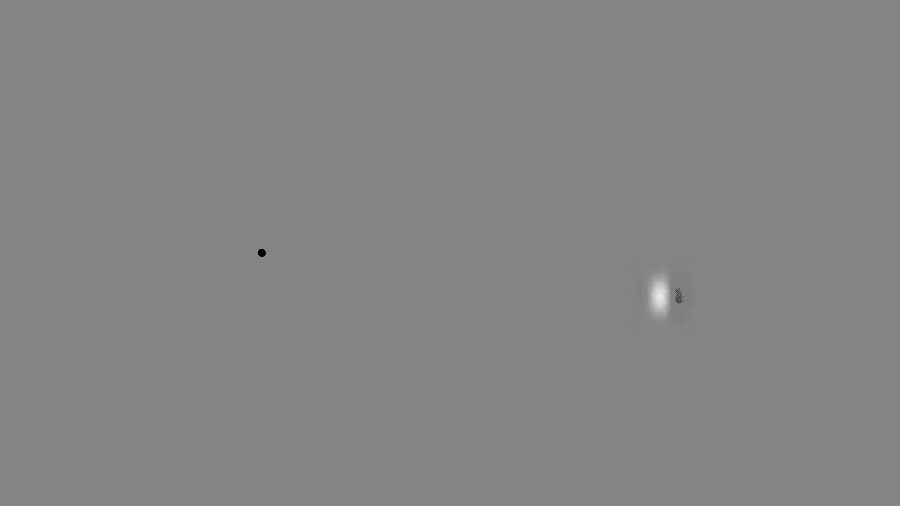Year 2022 Infinite quantum computer :3.
The scaling of the entanglement entropy at a quantum critical point allows us to extract universal properties of the state, e.g., the central charge of a conformal field theory. With the rapid improvement of noisy intermediate-scale quantum (NISQ) devices, these quantum computers present themselves as a powerful tool to study critical many-body systems. We use finite-depth quantum circuits suitable for NISQ devices as a variational ansatz to represent ground states of critical, infinite systems. We find universal finite-depth scaling relations for these circuits and verify them numerically at two different critical points, i.e., the critical Ising model with an additional symmetry-preserving term and the critical XXZ model.

